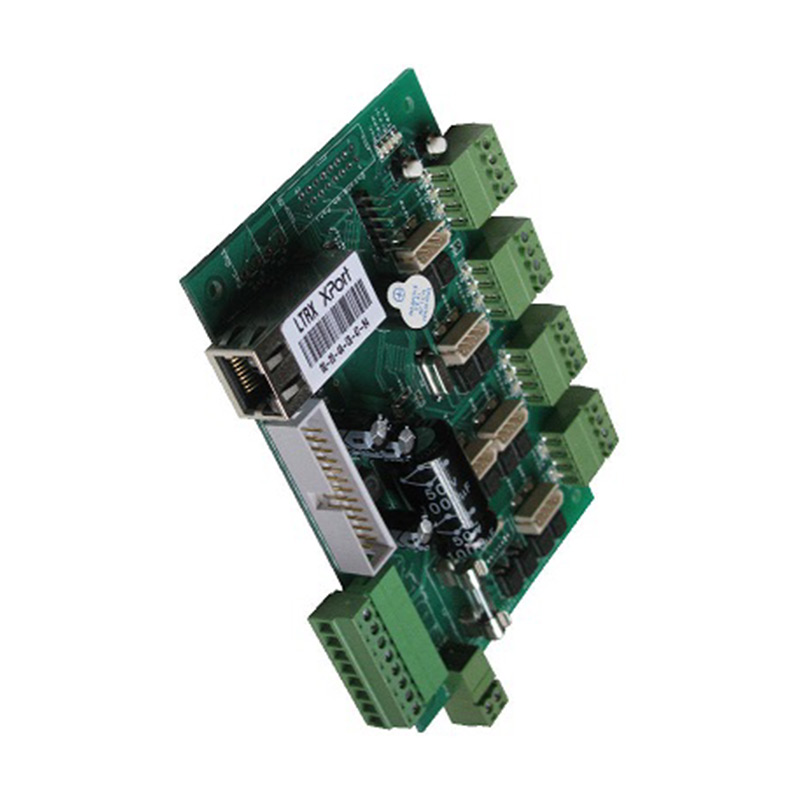

The Allure of Bronze-Tinted Glass A New Era in Architectural Design
In recent years, the world of architecture and design has witnessed a notable shift towards robust materials that not only provide functionality but also enhance aesthetic appeal. Among these materials, bronze-tinted glass has emerged as a noteworthy choice, captivating designers and architects alike with its unique blend of elegance, warmth, and practicality. As we delve into the characteristics and benefits of bronze-tinted glass, it becomes evident why it has become a favored option in modern architectural spaces.
Understanding Bronze-Tinted Glass
Bronze-tinted glass is a type of architectural glass that has been coated or treated to exhibit a rich, warm hue reminiscent of polished bronze. This coloration is achieved through a variety of methods, including the application of metallic coatings or the introduction of iron oxide during the glass production process. The result is a glass that not only has a distinctive color but also offers enhanced functional benefits, such as solar control and glare reduction.
Aesthetic Appeal
One of the primary reasons for the popularity of bronze-tinted glass is its undeniable aesthetic appeal. The warm undertones of bronze contribute to a sophisticated atmosphere, lending a touch of luxury to both residential and commercial spaces. When used in large windows, facades, or curtain walls, bronze-tinted glass creates a seamless transition between indoor and outdoor environments, beautifully reflecting the surrounding landscape while providing a sense of privacy. The subtle reflective quality of the glass adds depth and dimension to buildings, making them stand out in a crowd of stark, conventional designs.
Environmental Benefits
In an era where sustainability is at the forefront of design priorities, bronze-tinted glass offers several environmental advantages. One of the key benefits is its energy efficiency. By reducing solar heat gain, this type of glass helps maintain comfortable indoor temperatures, reducing the reliance on air conditioning systems. Consequently, buildings can achieve significant energy savings over time, lessening their environmental impact. In addition, the use of tinted glass can contribute to LEED certification, a widely recognized standard for sustainable building practices.

Versatility in Design
Bronze-tinted glass is incredibly versatile, allowing architects and designers to explore various styles and applications. Whether it's a sleek modern office building or a classic residential home, this glass can be adapted to suit different architectural aesthetics. Its compatibility with various framing materials, such as aluminum or wood, enables seamless integration into a wide range of design concepts. Moreover, bronze-tinted glass can be combined with other glass types, creating dynamic facades that enhance visual interest.
Privacy without Compromise
One of the significant advantages of using bronze-tinted glass in architecture is its ability to provide privacy without sacrificing natural light. The reflective qualities of the glass deter prying eyes from the outside while allowing ample daylight to penetrate interior spaces. This feature is particularly beneficial in urban environments, where buildings are often in close proximity to one another. Occupants can enjoy a sense of seclusion and security, all while basking in the warmth of sunlight.
Durability and Long-Lasting Beauty
Bronze-tinted glass is not only beautiful but also durable. It is designed to withstand the elements, making it an ideal choice for exterior applications. The treatment that gives the glass its color serves to protect it from fading, ensuring that the rich bronze hue endures over time. This durability translates into lower maintenance costs and an extended lifespan, making it a wise investment for any architectural project.
Conclusion
As architects and designers continue to push the boundaries of creativity and innovation, materials like bronze-tinted glass will remain at the forefront of contemporary architecture. Its unique combination of elegance, energy efficiency, and practicality makes it an attractive choice for a variety of applications. Whether gracing the facade of a high-rise building or framing the view of a serene residential setting, bronze-tinted glass encapsulates the essence of modern design—a harmonious blend of aesthetics and functionality. The future of architectural design shines bright with the promise of such versatile materials, encouraging a thoughtful exploration of how we inhabit and experience our built environments.